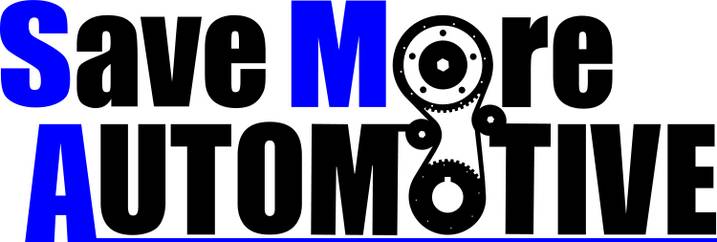"No big deal. Let's replace it!" You say, before he has the chance to explain to you that it's going to cost a few hundred dollars. Seems like a TON of money for a belt doesn't it? I mean did you just have your A/C belt replaced last month for $70?
Let me start off by explaining what exactly your timing belt does for your car's engine. Your timing belt basically is the connecting component between the lower half of your engine and the upper half of your engine. It does exactly what it's name says. It keeps your engine in time with itself by turning your crankshaft and camshaft in sync. If your car's crankshaft isn't properly timed with your camshaft, your valves will not open at the correct time to create compression and combustion in the proper cylinder that is being supplied with fuel and air.
Now that we know what the timing belt does we can also safely say that without a timing belt, your car's engine will not run. Even worse if your timing belt breaks it can cause terminal damage to your internal engine parts including: bent or broken valves, punctured pistons, broken valve seats, etc.. These type of engines are known in the car world as "interference engines" and are very common, especially in import vehicles. Timing belts DO break. I see it all the time. If your timing belt breaks and causes internal engine damage then your bill may have just went from a couple hundred dollars to a couple thousand dollars. Say you get lucky and your belt hasn't broken, yet. They also stretch. A stretched belt at worst will jump time (teeth on the belt) causing your engine to run out of time with itself. With such tight engine clearance tolerances in today's engines this can also cause internal engine damage. Best case scenario your belt stretches but doesn't jump time. This will cause your valves not to open and close in perfect time with the pistons and will cause a poor running condition and decreased fuel economy.
Now you can see why timing belts are extremely important. Every vehicle equipped with a timing belt has a specific mileage that the manufacturer recommends replacement, usually between 60,000 and 100,000 miles. I recommend never running a timing belt more than 90,000 miles even if the service interval says it will last longer. I would rather see them replaced every 60,000. Rubber gets old and brittle and mileage doesn't always properly reflect age. The reason it costs so much for a timing belt is because it takes several hours to replace. Some vehicles are more difficult than others. On many vehicles the water pump is timing belt driven and should be replaced at the same time. The reason for this is if your water pump fails, it could lock up and break the belt or leak coolant onto the belt causing it to jump time. Also you've already paid for the several hours of labor to change the belt. It will cost you much less to replace the water pump now while the technician has everything out of the way. I usually only charge an extra half hour plu.s the cost of the part to replace the water pump since you have to have the timing belt off to replace the pump. It's the right way to do it and the most cost effective for you to properly maintain your vehicle.
If you live in the Spokane, WA area and need your timing belt replaced or have any other car care needs call Save More Automotive at (509) 482-7283. We are located at 304 E Wellesley Ave in Spokane, WA 99207. You can also visit us online at www.savemoreautomotive.com - Cory Howard (Co-Owner)
